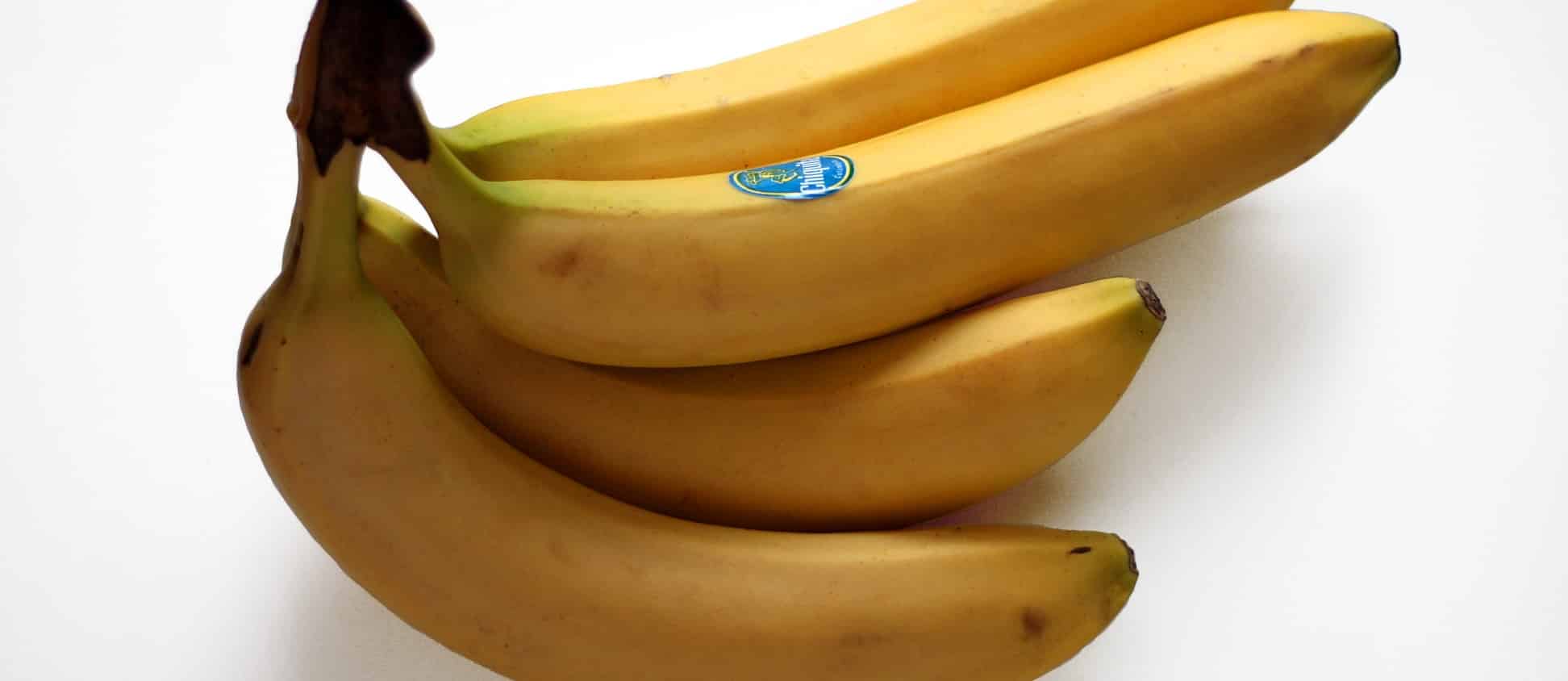Less than 2% of Americans achieve even the recommended minimum adequate intake of potassium, due primarily to inadequate plant food intake.
If you take any plant, burn it to ash, throw the ash in a pot of water, stir it around, skim it off and then let the water evaporate, you’ll be left with a white residue at the bottom known as pot ash. It has been used since the dawn of history for everything from making soap, glass, fertilizers, and bleach. It was not until 1807, when a new element was discovered in this so-called “vegetable alkali.” They called it pot ashium—potassium. True story, which I bring up only to emphasize the most concentrated source in our diet, plants.
Every cell in the body requires the element potassium to function. As I detail in my 2-min. video 98% of American Diets Potassium-Deficient, for much of the last 3 million years or so, we ate so many plants that we probably got 10,000 mg of potassium in our daily diet. Today, we’d be lucky to get 3,000.
Less than 2% of Americans even get the recommended minimum adequate intake of 4,700 a day. To get even the adequate intake, the average American would have to eat like 5 more bananas worth of potassium a day. 98% of Americans eat potassium deficient diets because they don’t eat enough plants.
Why do we care? A review of all the best studies ever done on potassium intake and its relationship to two of our top killers, stroke and heart disease, was recently published in the Journal of the American College of Cardiology. A 1,600mg per day higher potassium intake was associated with a 21% lower risk of stroke. That still wouldn’t get the average American up to the minimum adequate intake, but it might be able to wipe out a fifth of their stroke risk. The paper concludes: “These results support recommendations for higher consumption of potassium-rich foods to prevent vascular diseases.”
What does “potassium-rich foods” mean? Find out in my 2-minute video, 98% of American Diets Potassium-Deficient. Hint: bananas don’t even make it into the top 50 sources!
People eating plant-based diets are often asked where they get their protein (and have to explain that plants are the preferred source). Maybe they should then ask where people eating conventional diets get their potassium–or their fiber for that matter (see Relieving Yourself of Excess Estrogen). For more on what we evolved to eat, see Paleolithic Lessons.
The banana listing reminds me of a similarly humorous finding about the levels of eyesight-saving nutrients in eggs versus greens. See Egg Industry Blind Spot.
Bananas are also kind of pitiful antioxidant-wise (see Best Berries and Which Fruit Fights Cancer Better?). Is it worth going out of our way to eat plants with the most antioxidants, though? See Anti-Inflammatory Antioxidants to find out.
–Michael Greger, M.D.
PS: If you haven’t yet, you can subscribe to my videos for free by clicking here. And watch my full 2012 – 2015 presentations Uprooting the Leading Causes of Death, More than an Apple a Day, From Table to Able, and Food as Medicine.
